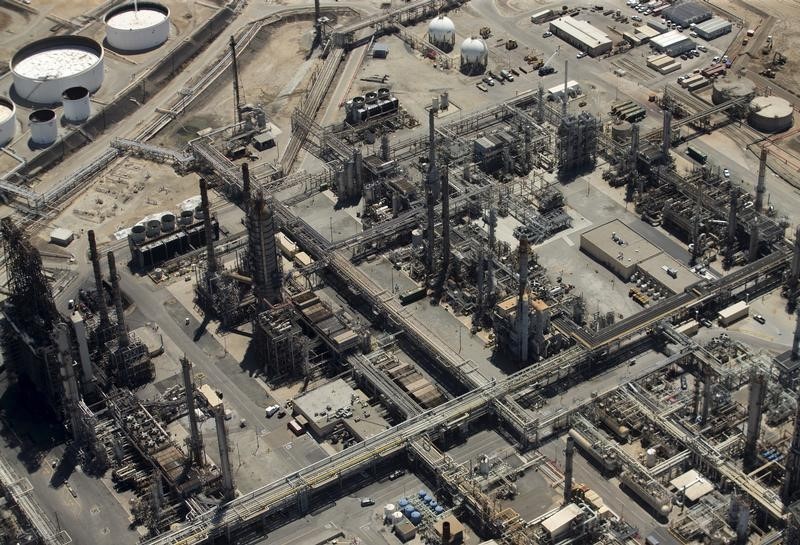By Peter Nurse
Investing.com -- Oil prices surged higher Thursday, with traders expecting OPEC+ to continue only gradually increasing supply to the global market later in the session despite increasing pressure.
By 8:20 AM ET (1320 GMT), U.S. crude futures were up 3.1% at $83.39 a barrel, while Brent futures rose 3% to $84.47.
U.S. Gasoline RBOB Futures were up 3.1% at $2.4108 a gallon.
The Organization of the Petroleum Exporting Countries and their allies including Russia, a group called OPEC+, are expected to stick to the previously agreed upon plan to add 400,000 barrels per day of supply in December. This comes despite calls from the United States, the largest consumer in the world, among others, to increase output in an attempt to cool the elevated price levels.
The Nymex contract hit a seven-year high last week, while the Brent contract climbed to a three-year peak.
“You take a look at oil prices,” Biden told reporters at a news conference at the United Nations climate summit in Glasgow, Scotland, on Tuesday. Fuel costs are high because of “the refusal of Russia or the OPEC nations to pump more oil.”
However, several producers, including de facto OPEC+ leader Saudi Arabia, have already dismissed calls for increased production, citing risks to demand from ongoing virus outbreaks.
“Other than the potential for the market returning to surplus next year, the other factor holding back the group is the uncertainty over if and when Iranian supply could return to the market,” said analysts at ING, in a note.
Iran and the western powers agreed on Wednesday to resume talks on Nov. 29 to revive the 2015 deal on Iran's nuclear program, which could result in the United States ending sanctions that have limited the Persian Gulf country’s oil exports.
Elsewhere, weekly crude inventory data from the U.S. Energy Information Administration, released Wednesday, showed a larger-than-expected build of 3.3 million barrels for the week to Oct. 29, rising for the fifth week in six. This suggests that the high gasoline prices are affecting U.S. crude demand.
